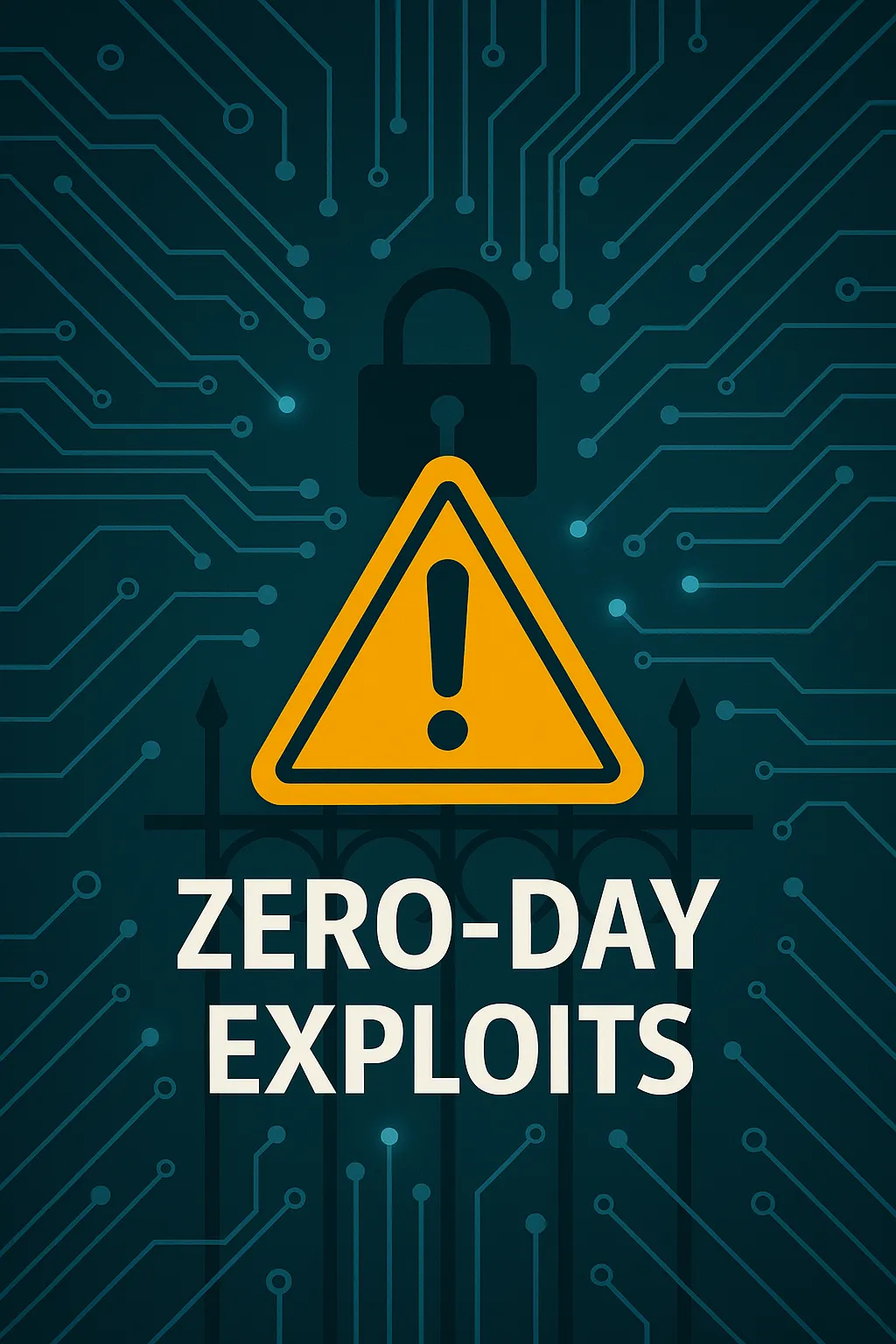The Rising Challenge of Zero-Day Attacks and the Race to Patch
Zero-day attacks, a term that sends shivers down the spine of even the most seasoned cybersecurity experts, are rapidly becoming a dominant concern in the realm of digital security. This blog post delves into what zero-day attacks are, their significance, and how major tech companies are combating these threats with urgent patches.
Understanding Zero-Day Attacks
A 'zero-day' attack refers to a cyberattack that exploits a potentially serious software vulnerability that is unknown to those who should be interested in mitigating the vulnerability, including the vendor of the target software. The term 'zero-day' refers to the fact that the developers have zero days to fix the problem that has just been exposed—often catching them completely off guard.
Real-World Examples
As reported on Apple News, zero-day exploits are increasingly utilized by cybercriminals and nation-state actors, which places tremendous pressure on companies to release patches swiftly. Similarly, Microsoft recently addressed numerous vulnerabilities in a massive patch release, highlighting the ongoing battle against these exploits.
The Response from Big Tech
Companies like Apple and Microsoft are often at the forefront of this battle, given their large user bases and the critical nature of their software. For instance, Apple has proactively backported fixes for older devices, ensuring that even users of previous models are protected against zero-days, as seen in their recent updates covered by Packet Storm.
Impact on Users and Businesses
Zero-day attacks don't just threaten individual users but can also have broad implications for businesses, compromising data, causing financial loss, and damaging reputations. Maintaining up-to-date systems is critical, as it is one of the most straightforward methods to safeguard against these vulnerabilities.
Preventive Measures and Best Practices
To shield yourself from zero-day exploits, it is crucial to keep all software up to date, be vigilant against suspicious emails and websites, and implement advanced security solutions like intrusion detection systems. Educating employees about cybersecurity best practices can also significantly reduce the risk of an attack.
Takeaway
Keeping ahead of zero-day attacks requires vigilance, rapid response by software companies, and proactive security measures by users. While the landscape of digital threats continues to evolve, our defenses must adapt equally fast. Stay informed, stay updated, and stay secure.

